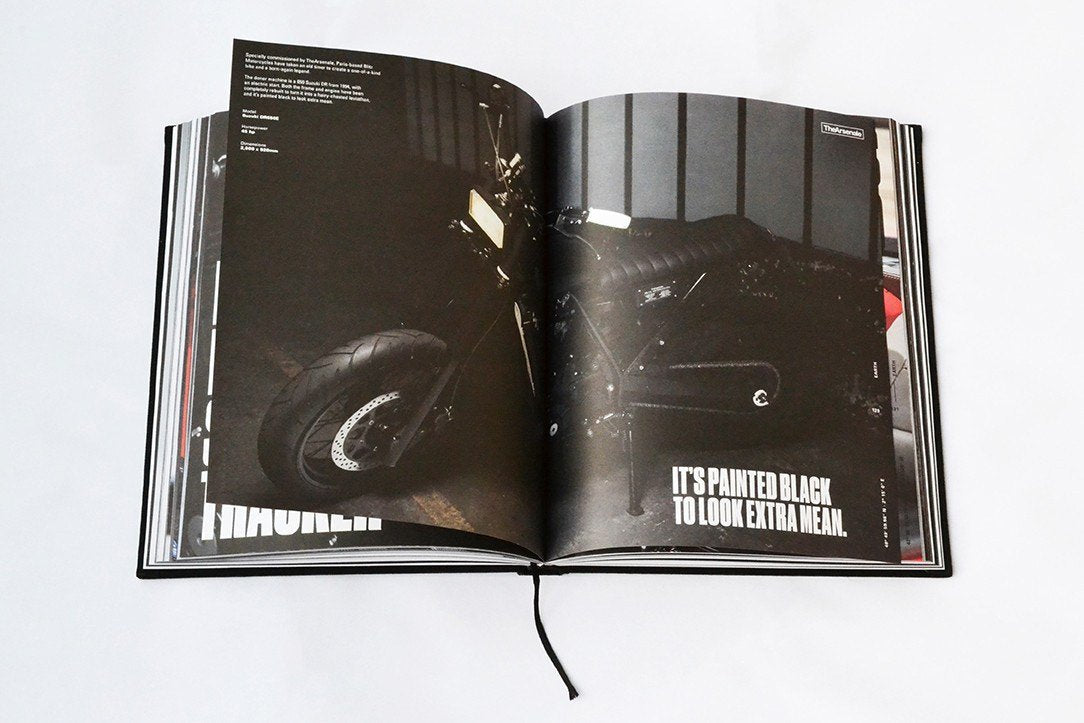For years now, Tesla has continuously entertained curious automotive minds with a planned pickup truck. Many concepts arose, taking cues from the design of the rest of their lineup. Just yesterday, Elon Musk finally unveiled their pickup truck called the Cybertruck.

It is aimed at one of the biggest automotive market segments in America; pickups. For more than five decades, the sight of a Ford F150 has been as common as the morning sun. Long stretches of road and heavy payload jobs have lead to a huge demand for these capable vehicles. Tesla clearly understands this huge demand and the egoistic behavior of the market. The truck will have ranges of 250, 300 and 500 miles which will be more than enough to cover even the most demanding commutes and trips. Starting at only $39,000; it is a near entry-level performance truck with all the capabilities to boot. This opens up a whole new horizon for Tesla as their fleet of cars can now find their ways even in intraurban roads.

The Cybertruck is as cyber as it gets, with a silhouette sharper than a surgeon's scalpel. It is a design that seems to be straight out of the portfolio of vehicle concepts but instead, it's in the flesh. It is slightly reminiscent of the brutal design of Bertone and Lamborghini in the 80s but features heavily futuristic elements; especially in the front-end where the headlights cover the entirety of its fascia. The rear shares the same recipe, with a strip-like stoplight. There are no curves in the car, only sharp corners that look chiseled from marble. Its A-pillar and B-pillar share the same geometric sharpness that culminates and meets in the middle of its cabin. Its interior is as clean as it gets, with the typical large touchscreen sitting in the middle of the flush dashboard.

But the sharpness of the truck is not confined by its design. It's a strategic move, one that is not to be undermined. It's a blow to the market that is heavily dominated by giants like Ford. It's a sharp papercut to this traditional market that is now shaken by a revolutionary, futuristic design and approach to the car. But the competition is also boiling their own recipe, with Ford cooking up an electric F-150 and startup Rivian which has received backing from both Ford and Amazon. Ford will make its entry in 2021 while Rivian is expected to launch its fleet in late 2020. This puts Tesla in a market that is somewhat established, a different environment from their electric vehicle lineup which outpaced every competitor. The exciting design might be the push that it needs to silently zoom past its competitors.
In typical Elon Musk fashion, the presentation was nothing short of exciting. He even had Franz von Holzhausen hit the doors with a sledgehammer as a testament to its durability. The next test was testing the armored glass by hitting them with a metal ball that didn't go as expected as the window broke. However, it was a very exciting reveal and presented us with a bold design that is unprecedented for traditional manufacturers.















